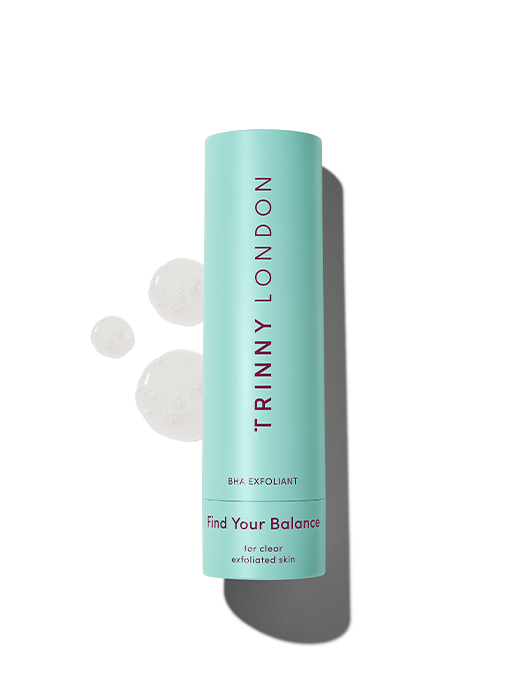
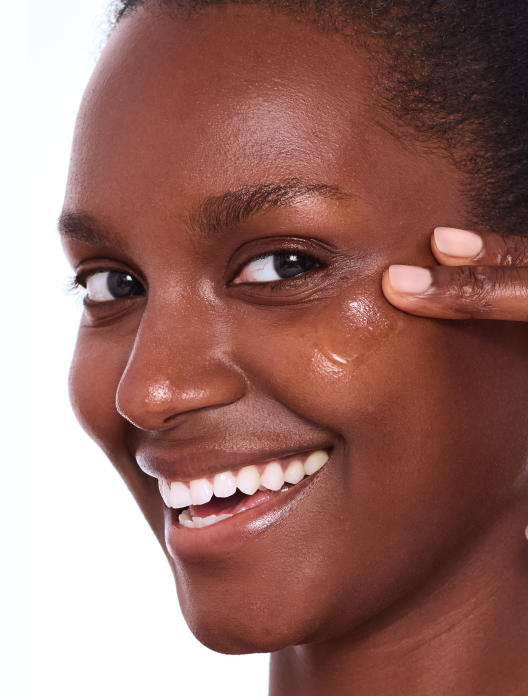
Find Your Balance
Clarifying complex to tackle blemishes
Free standard delivery on orders over $100

Menopausal acne is caused by hormones, or, to be more specific, changes to their levels – a bit like when teenagers reach puberty. As we enter perimenopause our levels of oestrogen can rise and fall like a rollercoaster, with a knock-on effect on our skin.
“During the time of perimenopause we have this real fluctuation in hormones,” explains dermatologist Dr Justine Hextall. “They go up, and they go down. Eventually, they settle and the oestrogen starts to drop relative to the androgen levels. It is androgens (e.g. testosterone) that actually drives oil in our skin, and that’s when pores become blocked.” This is why some people experience menopausal acne despite having never previously suffered from breakouts.
It’s not just our natural hormones that can be to blame either. Hormone Replacement Therapy (or HRT for short), normally made of hormones oestrogen and progesterone, can disrupt our skin too. “It might be that someone is on HRT and can’t tolerate the progesterone part,” adds Dr Justine Hextall. “That may be causing some oiliness and making some spots.”
In some cases, the arrival of breakouts around menopause may be nothing to do with hormones at all. Our skin loses a lot of its natural moisturisers around this time, which is why you may notice your complexion becoming drier. When this happens, there’s an understandable tendency to double-down on moisture, lavishing it with oils and heavy creams. Unfortunately, this kind of product can clog pores, triggering blemishes.
It might feel like you have the same skin as during your teenage years but that doesn’t mean you need to treat it in the same way you did back then. With more tools and expertise at your disposal, as well as the years you’ve spent getting to know your skin, it’s no longer a case of slathering your spots in toothpaste and hoping for the best.
When our skin isn’t playing ball, there's a temptation to throw the kitchen sink at it. But piling on acids and other potent ingredients can agravate the problem. To help get your breakouts under control, first strip your skincare back to the basics of cleanser, moisturiser and SPF. Once these three pillars are bedded into your routine and your skin has calmed down, introduce new products one by one. This will not only prevent overwhelming the skin, but give you the opportunity to see what’s really working.
Liquid exfoliants are a respectful way to dislodge dead cells from the surface of your skin. Without these hanging around, there’s less chance of them combining with oil to clog our pores. Salicylic acid, a beta-hydroxy acid, is especially good for blemish-prone congestions. It’s oil-soluble, allowing it to travel deeper into the skin to give your pores a really good clear out. Use a couple of times a week to begin with, building up as your skin gets used to it.
Retinoids were originally used for the treatment of acne, with their wrinkle-reducing benefits only coming to light as a side effect. By speeding up the rate at which dead skin cells are displaced from the skin, retinoids help to prevent clogged pores – and therefore breakouts. For existing blemishes, this benefit comes in handy yet again, whisking away any dark scars left behind on the surface. Retinal, a potent type of retinoid, is known to have antibacterial properties, making them a great choice for tackling bacteria involved in acne.
As we age the moisture levels in our skin start to dwindle. “When we get towards perimenopause we lose hyaluronic acid, a very important humectant that holds moisture in the skin,” explains Dr Hextall. “There are changes to the oils in our skin, too, and ceramides.” Without these important components in place, moisture can start to sneak through the cracks, leaving skin tight, sore and flaking.
Dehydration combined with breakouts makes for a very uncomfortable complexion. While dryness or lack of water isn’t a key cause of menopausal acne it can drive inflammation and irritation in skin that’s already stressed. It’s important therefore to replenish these lost stocks with topical application of ingredients like hyaluronic acid and ceramides, through a serum or moisturiser. If you really wanted to go the extra mile, you could consider taking them in supplement form too.
As we age, the speed at which our skin heals slows. This means that whereas it might have previously bounced back from a blemish in a couple of days without a trace, it will now be a longer process. Avoiding prodding, picking or squeezing your blemishes will reduce the amount of time they take up residency on your skin, as well as bring down the risk of developing spot scars.
Shop the article


Clarifying complex to tackle blemishes
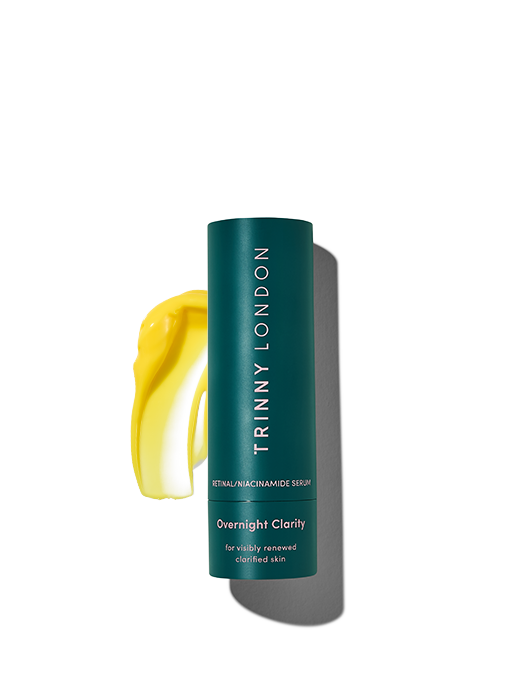
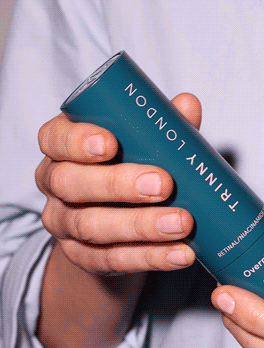
Retinal/niacinamide serum for visibly smooth, even skin, suitable for all skin types
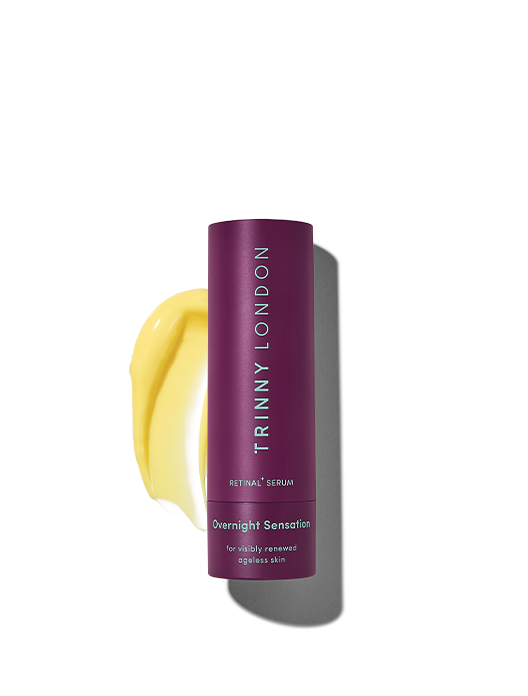
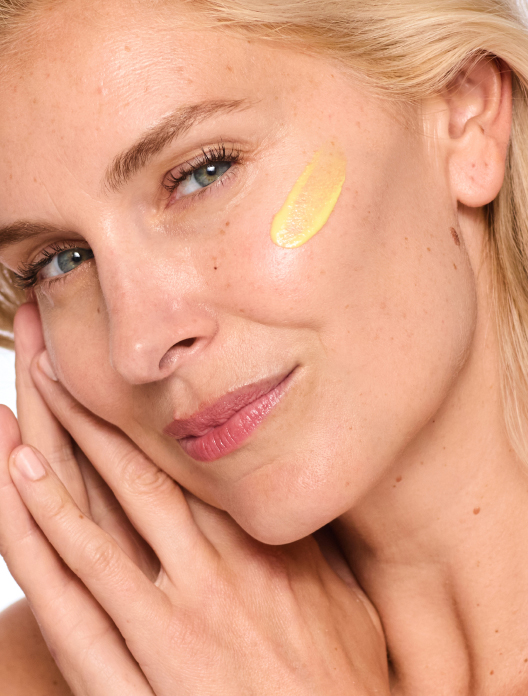
High-dose retinal serum for renewed, smooth skin, suitable for all skin types
Read, watch and be inspired...